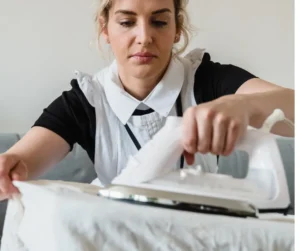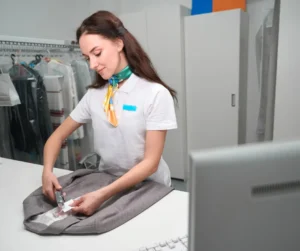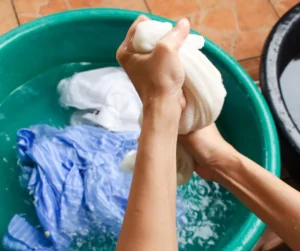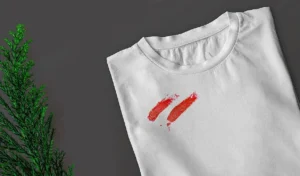In an age where convenience reigns supreme, pickup and delivery laundry services are reshaping our approach to laundry. What used to be a time-consuming chore has become a streamlined, hassle-free experience that brings the laundromat to your doorstep.
The Evolution of Laundry Services
Over the past decade, laundry services have undergone significant changes. Traditional laundry days—once filled with waiting and manual tasks—are being replaced by tech-enabled scheduling through user-friendly apps. Innovations like real-time tracking and enhanced customer experiences have driven this transformation.

Benefits of Pickup and Delivery Services
Time-Saving: The most notable benefit is the time saved. No more waiting around or squeezing laundry into a packed schedule—simply schedule a pickup and let the service take care of the rest.
Convenience: With flexible scheduling and next-day delivery, these services integrate seamlessly into your daily routine.
Quality Service: Professionals handle your laundry, ensuring that delicate fabrics receive special care and proper cleaning techniques are employed.
Impact on Residential Laundry Habits
The rise of pickup and delivery laundry services has significantly altered how people manage household chores. Families and individuals no longer need to interrupt their daily activities for laundry; services now offer customized options that cater to specific needs, from washing preferences to flexible delivery times.
Future Outlook
As technology continues to advance, laundry services will become even more sophisticated. We can expect innovations such as AI-driven scheduling, eco-friendly practices, and highly personalized laundry options that enhance convenience and minimize environmental impact.
Pickup and delivery laundry services are revolutionizing the future of laundry, making it easier and more efficient for households everywhere. Don’t let laundry slow you down! Say goodbye to laundry day stress—let us handle your laundry needs with our professional, next-day delivery service. Get started with our service today!





